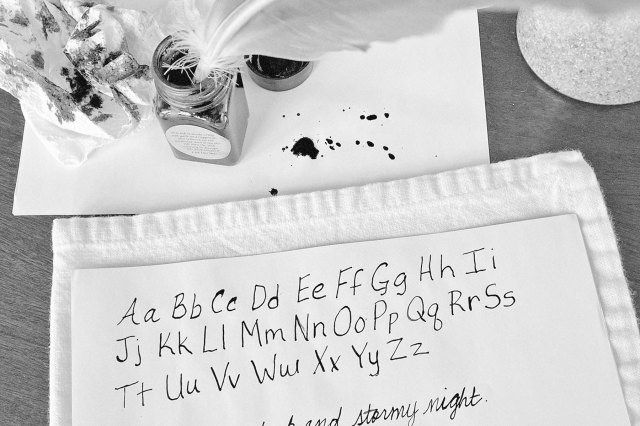While the fax machine may conjure up images of corporate offices in the 1980s and '90s, its history actually goes further back than that — much further than you would think, in fact. |
| |
| |
|
 |
|
| W hile the fax machine may conjure up images of corporate offices in the 1980s and '90s, its history actually goes further back than that — much further than you would think, in fact. The earliest version of the fax machine was patented in 1843, the same year the first large-scale wagon train traversed the Oregon Trail. |
|
|
| At the time of the Great Emigration of 1843 — when an estimated 1,000 pioneers set out from Independence, Missouri, heading westward — the American West remained an uncharted frontier, while the Industrial Revolution was rapidly modernizing Britain and the eastern United States. Case in point: The original version of the fax machine was created in 1843 by Scottish engineer and clockmaker Alexander Bain, who made use of the telegraph technology that had been invented the previous decade. The "facsimile machine" (which was later shortened to "fax") worked by attaching a stylus to a clock pendulum that sent information along a telegraph line, which was recreated by a similar device at the other end. Bain's machine could only transmit images of text, but it laid the groundwork for a series of innovations that led to the modern fax machine. |
|
 |  |
|
|
 |
|
| |
|
| Fax machines still in operation today | | | 43 million |
| | | Length (in miles) of the Oregon Trail | | | 2,170 |
| | | Length (in miles) of the Oregon Trail | | | 2,170 |
|
|
|
| British patent number issued for Bain's "signal telegraph" | | | 9745 |
| | | Years between the invention of the fax machine and the telephone | | | 33 |
| | | Years between the invention of the fax machine and the telephone | | | 33 |
|
|
|
 |
|
 | | Did you know? |
|
|
Alexander Bain also patented the first electric clock. |
|
| The fax machine wasn't Alexander Bain's only notable invention. He also created the world's first patented electric clock — the first timekeeping device to be powered exclusively by electricity. Before that, clocks were powered by a series of weights and springs, which kept the pendulum swinging at a constant rate but were highly susceptible to damage and mechanical errors. Bain's key innovation was to power the clock and its pendulum through electromagnetic impulses, which kept the pendulum swinging indefinitely and at a constant rate. Just like his early work on the fax machine, his electric clock laid the groundwork for future technology that would eventually become commonplace in the modern world. |
|


Lainnya dari















0 comments:
Post a Comment